FAQs
-
Lithium-ion (Li-ion) batteries have an alternating anode and a cathode, with a barrier between them called a separator. The lithium ions move between the two, creating a charge and discharge.
When you charge the battery, the lithium ions are stored in the anode.
-
Graphite is a stable structure and highly conductive. In a Li-ion battery, its job is allowing electrons to pass through the external circuit, while also absorbing lithium ions released from the cathode.
-
Despite its name, a Li-ion battery normally contains just a small percentage of lithium, but up to 30% of graphite anode by weight.
-
Li-ion batteries have a huge variety of applications, from electric vehicles (EVs) to smartphones, tablets, home appliances, power tools and energy storage systems.
-
Being carbon negative means removing more carbon dioxide from the environment than is emitted.
-
The carbon we sequester by using local timber industry byproduct as our biomass feedstock to make our biographite is more than we release during the process.
This biomass feedstock is sourced from sustainable commercial forests.
Our patented technology operates at half the normal temperature used to produce traditional synthetic graphite, and in a fraction of the time. Therefore, our energy savings are significant.
We use renewable energy to operate our technology. Because our technology can be used anywhere in the world, users can apply it to their choice of electricity supply to meet their own – and our collective global - environmental goals.
-
Currently, graphite for use in lithium-ion batteries is either unsustainably mined, or created from fossil carbon (a byproduct of the petroleum industry) using costly, polluting processes and distributed along a long, centralised supply chain. As demand for environmentally energy solutions storage skyrockets, so does the demand for graphite, and the impact on our environment – the very result we’re trying to avoid in the first place.
CarbonScape technology allows biographite to be produced locally, dramatically shortening supply chains and without reliance on fossil carbon.
-
Natural graphite is found around the world. It is a highly crystalline form of carbon, created from ancient fossil carbon that is unsustainably mined out of the ground like coal.
Natural graphite is low-cost, but also low-performance as battery anode and needs complex, costly purification treatment that has a significant environmental impact.
Microcrystalline graphite (amorphous graphite) has very low crystallinity and generally high levels of impurities.
Macro-crystalline graphite (vein graphite and flake graphite) contain significant, widely varying impurities. It cannot be used directly in a battery and requires multiple, low yield, processing steps to achieve even low-end performance.
-
Battery-grade synthetic graphite is produced from fossil carbons like oil and coal.
Most manufacturing methods take the heavy residue left over from the petroleum-making process (pitch) and convert it into solid coke. This is then turned into graphite at extremely high temperatures, resulting in a product with widely differing properties and physical characteristics.
The production of synthetic graphite is long, energy-intensive and results in large scale environmentally destructive emissions.
-
One of the feedstocks used by our patented biographite technology is abundantly available, renewable, byproducts of the timber (lumber) and forestry industries.

